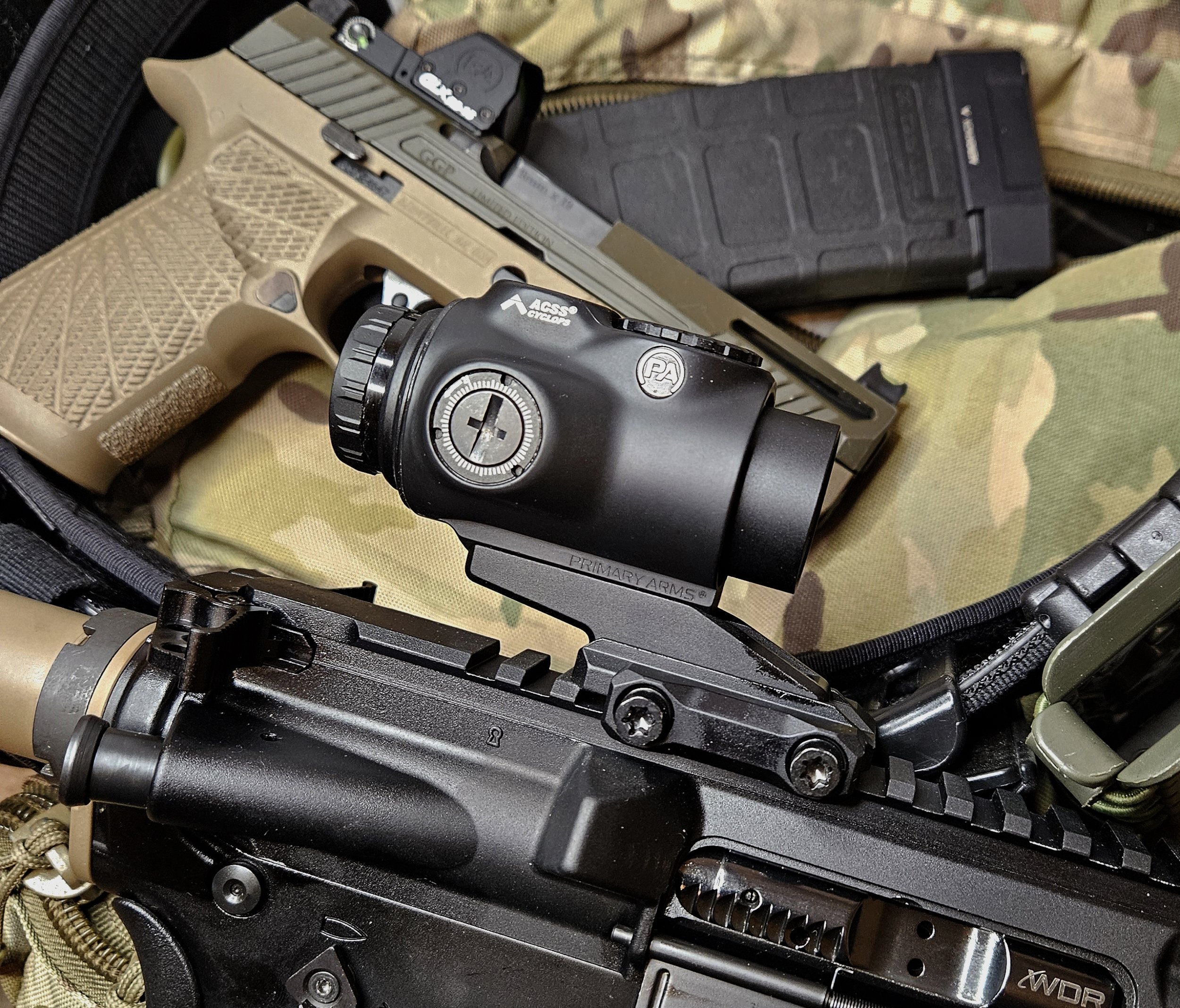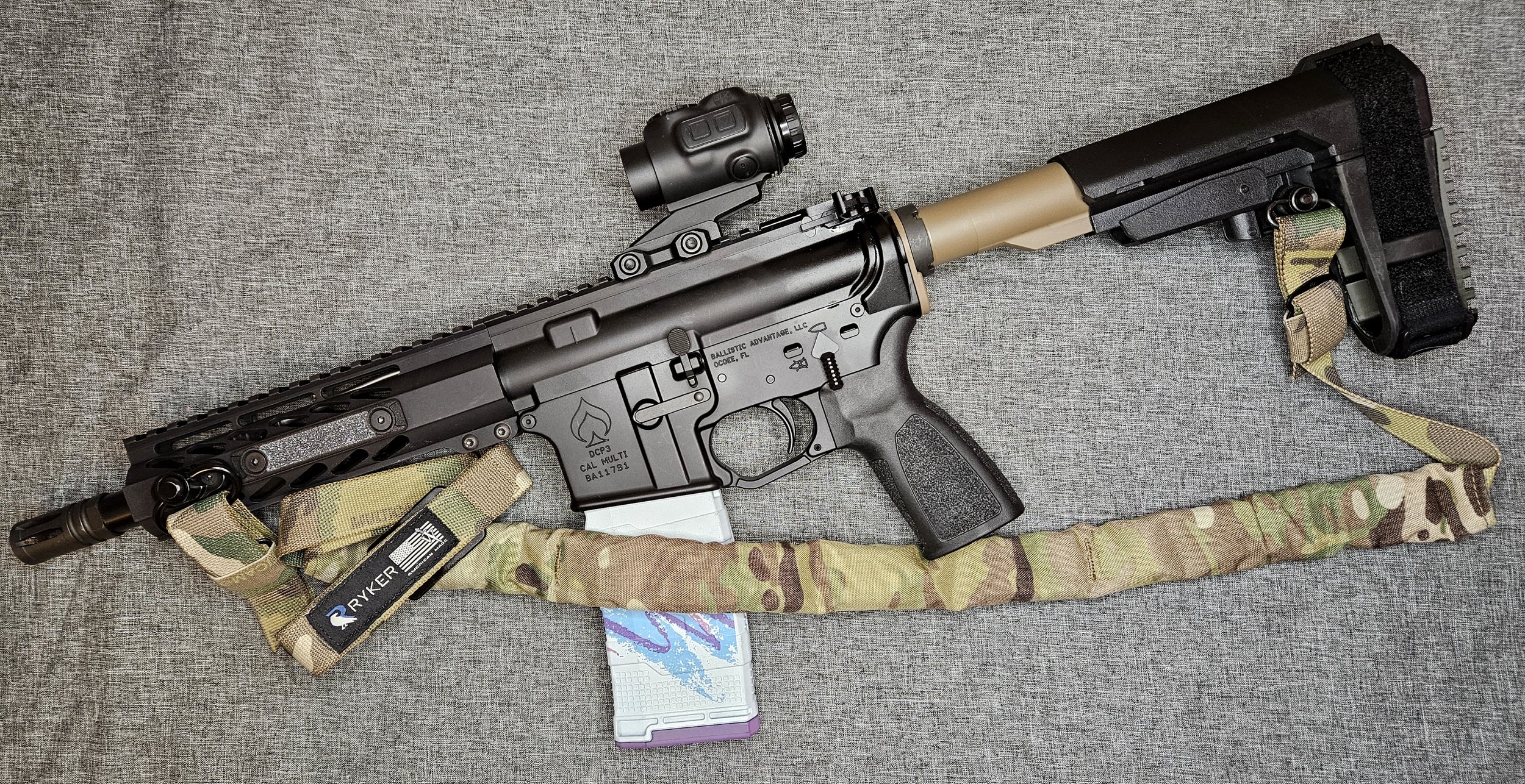TCRT Target
Review
If you are into shooting, you understand the need for good targets. Reusable targets have always been an interest of mine. Who doesn’t want a target that lasts thousands of rounds? TCRT targets makes some of those reusable targets. They also make target stands to hang those targets. TCRT sent me one of their Torso Target Packs, which includes the target and target stands.
I have used a bunch of reusable targets, but the TCRT ones are different. Or at least the Torso target one is. All of these types of targets claim to be “self healing”, which they are. So when you shoot the target, the bullet passes through and only leaves a very tiny hole. I’m a big fan of Torso style USPSA targets, which is basically what the TCRT one is. TCRT’s Torso is a solid rectangle rubberish target. TCRT then supplies a template to paint or draw on the USPSA target zone lines. What I really like about the TCRT Torso is how thin and lightweight it is. I used to have another brand, and it was over twice as thick and weighed a lot more. Physically, hanging and carrying the TCRT Torso is much easier.
The TCRT targets can be shot with just about anything. Rifles, pistols, you name it, they have probably been shot by it. These targets will take 400 rounds of 5.56 per square inch. So unless you are using a precision rifle, or can just shoot that good, you shouldn’t wear them out for a long time. I have shot mine with 308, 45acp, 9mm, 22lr, 556, and probably others. It still is going strong. You can even shoot the TCRT targets at point blank range without damage. It even makes a cool pattern on the target.
TCRT’s Torso target is made to be painted. Which is part of the reason they include the stencil to mark out the zones. By painting the target you can see where the bullets are hitting. When the paint over the target gets shot, it produces a small splatter mark. Think of one of those bullet hole stickers, because that’s what it looks like. This makes it easy to see where you are hitting. When you get too many holes, just paint over them and start over. An advantage to paint is that you can use different colors if you want to. Different colors on the target can make training better or just more fun.
Since TCRT sent the “Target Pack”, it comes with their RangeFlex Rack Stand Kit. This Rack Stand kit is TCRT’s target stand. The Rack Stand comes with 2 feet assemblies and 2 cross bar brackets. However, it does not come with the wood 1x2’s. The 1x2’s are used for the feet, uprights, and the crossbar. Instructions on what length to cut the 1x2’s are included. The feet brackets each get a 1x2 for the support legs, or feet. They also each get an upright. The 1x2’s, in all the brackets, are held in with bolts. Just snug them down, or tighten them with a wrench, once you get the wood placed where it is needed. The top cross bar is the same, it just doesn't have the extra spot for the feet. You don’t necessarily need the top crossbar with the Torso target, but it does help with some support. The cool thing about the Rack Stand kit is that it is modular. You don’t need to just make it the width of the Torso target, you can make it much wider. This is where the top cross bar brace does its job. Make the stand wide and you can hang a bunch of the round TCRT targets from it. The possibilities are pretty much endless.
The TCRT Torso target did everything one would expect it to do. I set it up, which is really easy using the Rack Stand kit. Then I just clamped the target onto the sticks. The Torso target doesn’t come with clamps, I bought mine at Harbor freight, but TCRT has a 4 pack for $10, so just add them to your cart when you are buying a Torso target and save yourself the hassle. I have painted the target different colors at various times. Colors tend to show hits better than white, since the target itself is a whitish color. I have shot the crap out of the Torso target and it doesn’t even look very used. I know it has at least 2000 rounds through it, mostly 9mm. The only problem I ran into was with the target stand. The leg 1x2’s tend to twist in the bracket sometimes. So instead of being straight, they are more “V” shaped instead of an “H” shape. I never had the stand fall over, so maybe it is just my OCD. The Torso target and stand are easy to pick up and move as a one piece assembly. So moving it around the range is easy to do. I really like the different target possibilities that the TCRT Torso target gives me.
If you are in the market for a reusable target system, which you should be, the TCRT Torso Target Pack might be it. It comes with target stands, a USPSA/IPSC style reusable target, and a stencil to mark out the scoring zones. Just add some paint and 1x2’s and you are ready to hit the range. Being able to use the TCRT Torso target for years to come is probably its best attribute. So head over to TCRT and check out all their targets.
Firearms Insider Reviews - Key Points
Claim to Fame:
Reusable Torso target and stands
Target Market:
People who dislike buying targets over and over
Features, Benefits, and Specifications of this product:
Target:
Re-usable
Comes with paint stencil
Rated for 400 rounds of 5.56 per square inch
Weight - 9.5 pounds
Dimensions - 15 × 20.7 × .5 in
UV and water-resistant
Stand:
Modular
Lightweight
Easy Setup
Countless Configurations
Uses 1x2 wood sticks
What other aesthetic options or finishes are available?
Hanging Round targets or Combo deals
What others are saying?:
Nothing found as of publishing
Link to other reviews:
Nothing found as of publishing
Price point:
MSRP = $175.98 for the bundle
$138.99 for just the Torso target
Retail = Same
I need it now! Availability:
Our Rating:
Pros:
Can take many hits
Easy to see hits when painted
Doesn't weigh a lot
Clamps to target stands
Comes with stencil
Target stands are easy to set up
Cons:
Target is wider than standard USPSA one
Target stand feet tend to twist in base
Score: 8.00 Great
Favorite Link: Primary Arms GLx 1x Prism review







































